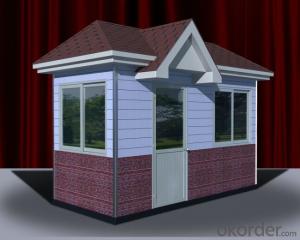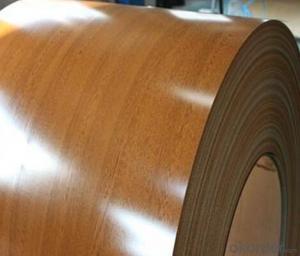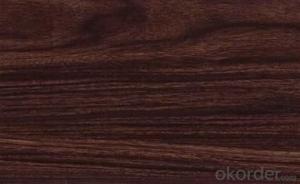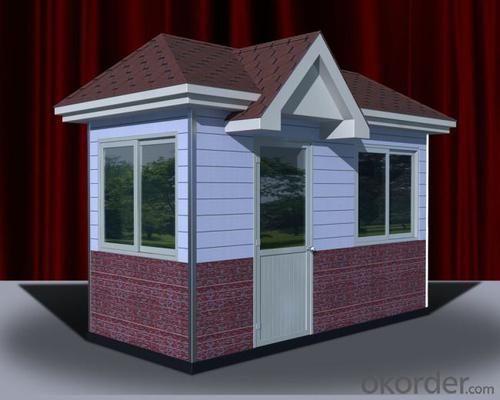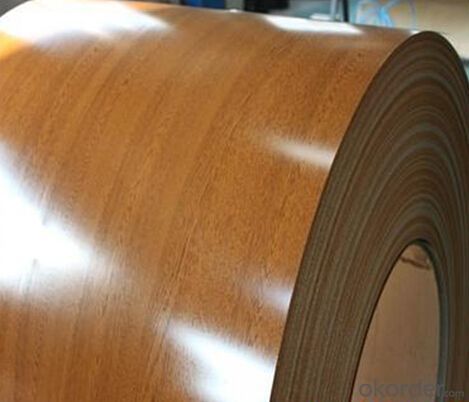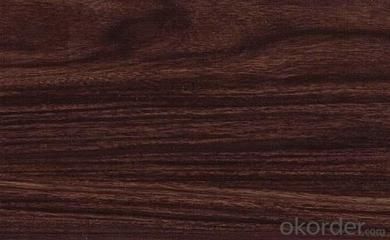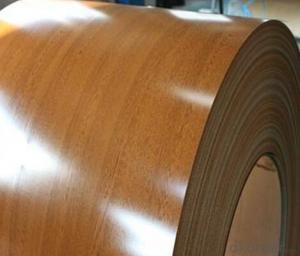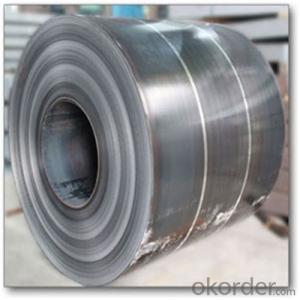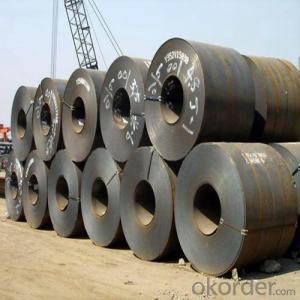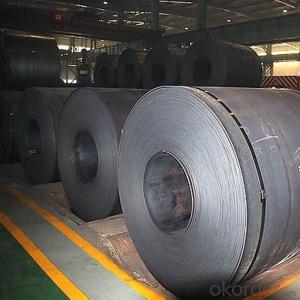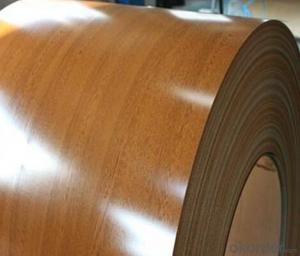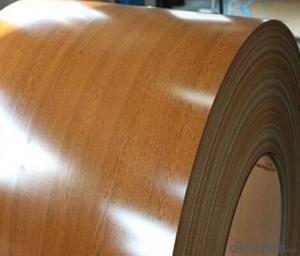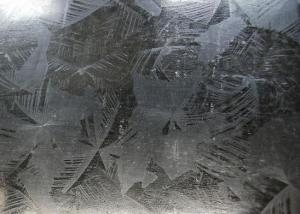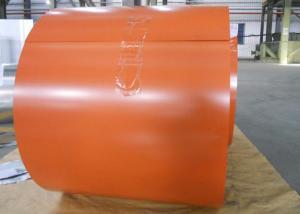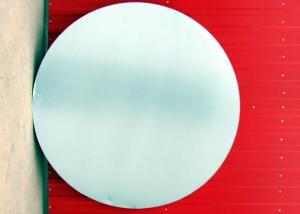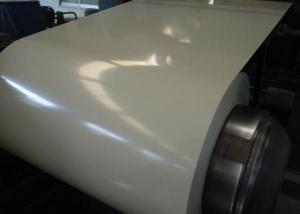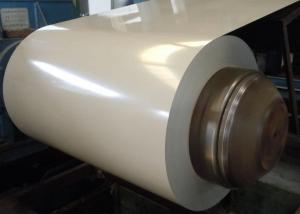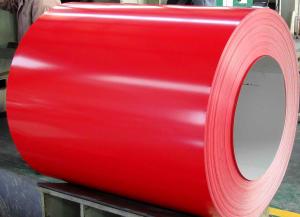Printing Plates of Several Sizes and High Quality
- Loading Port:
- China main port
- Payment Terms:
- TT OR LC
- Min Order Qty:
- 30 m.t.
- Supply Capability:
- 200000 m.t./month
OKorder Service Pledge
OKorder Financial Service
You Might Also Like
1. Description of the Printing Steel:
Printing steel plate is the product based on the metal sheet, of which surface is finally installed of the plastic film (PVC,PE) in addition to being firstly covered with the coating and printed ink in .The coated layer of printing steel plate consists of printing steel plate consists of chemical and filming layer, primer coated layer, pattern printed layer and surface coated layer. The top and back coating shall generally be the application of the weatherproof paint, as well can be the application of the paint with special capabilities such as stain-resistant, self cleaning capability, high thermal resistance, antistatic capability, sterilizing capability, finger-print prevention and etc.
2.Main Features of the the Printing Steel:
• Excellent corrosion resistance
• High temperature oxidation resistance
• High hot reflectance
• Good manufacturability
•Beautiful appearance
•Surface coating
•Cost-effective
3.Printing Steel Images
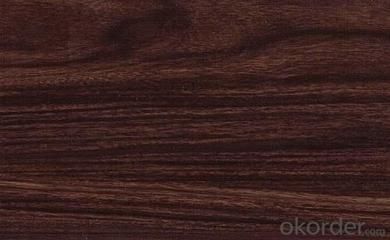
4.Printing Steel Specification
Available Specification
PRINTING STEEL | |
BASE MATERIAL | HDGI,ALUZINC,CR |
GRADE | SGCC,DX51D,ASTMA653,EN10142,S350GD |
THICKNESS | 0.20-0.80 mm |
WIDTH | 600-1250 mm |
ZINC COATING | 60-200 g/ m2 |
PAINT | PE,PVDF,SMP,HDP |
COILED | 508mm
|
COIL WEIGHT | 3-6 mt |
Main Test Standard
PRINTING STEEL | |
TBENDING | 0-3T |
PENCIL HARDNESS | ≥2H |
IMPACT | ≥9J |
MEK(TIME) | ≥100 |
SALT SPRAY | ≥720HR |
ACID STABILITY | Dip in 5%HCI liquor for 300hr,no bubble,no color change and no peel-off |
ALKALI RESISTANCE | Dip in 5% NaOH liquor for 300hr,no bubble,no color change and no peel-off |
Standard | AISI,ASTM,GB |
Grade | JIS G3312 CGCC EN10169 DX51D |
Technology | hot dip galvanized and electro galvanized |
Base metal | Galvanized steel coils |
Certificate | ISO9001 |
Zinc coating | 60---180g/m2 |
Coating thickness | 20--30um |
Thickness | 0.23--0.7mm |
Color options | Ral number or as your request(usual color RAL5020 Ocean blue RAL9002 Greey white) |
Inner Diameter | 508/610mm |
Width | 600-1250mm(usual size:1000mm,1200mm1250mm) |
Weight | 3--5MT/coil |
Mini order quality | 25MT |
Payment & Shipping Terms | T/T FOB TIANJIN |
Port | TIANJIN |
Delivery | Within 7-15days after signing contract |
5.FAQ of the Printing Steel
We have organized several common questions for our clients,may help you sincerely:
1.What advantages does your company have?
Cement : Annual capacity of 400 million tons, No. 1 in the world
Fiberglass: Annual capacity of 1 million tons fiberglass, No. 1 in the world.
Composite Materials — Carbon Fiber: Annual capacity of 10,000 tons PAN precursor and 4,000 tons carbon fiber, No. 1 in China
Composite Materials — Rotor Blade: Annual production capacity of 15,000 pieces, No.1 in China, Top3 worldwide
Glass: CNBM owns about 20 modern float glass product`ion lines, With annual capacity of 10 million square meters glass.
Light Weight Building Materials: Annual capacity of 1.65 billion square meters of gypsum board, No. 1 in the world.
Commercial concrete: Annual capacity of 0.35 billion cubic meters, No. 1 in the world.
Refractory Material: Annual capacity of 40,000 tons casting refractory, No.1 in the world.
2.What advantages do your products have?
Firstly, our base material is of high quality, Their performance is in smooth and flat surface,no edge wave ,good flexibility.
Secondly, high quality zinc ingoats, 97.5% zinc,1.5% silicon,1% others, the same zinc coating measured by metal coating thickness or by zinc weight
Thirdly, high precision: Tolerance strictly according to ASTM or JISG standard even more rigid.
We have full stes of testing equipment(for t best, cupule,chromatism,salt spray resistance, etc) and professional engineers.
3.Could you let me approach about your company in Dubai?
Located at Jebel Ali Free Zone in Dubai, CNBM Dubai Logistics Complex is adjacent to -Jebel Ali sea port-the largest port in UAE and Al Maktoum Airport-the largest airport in the world, which covers an area of 50,000 square meters, including an fully enclosed warehouse by 10,000 square meters, an open yard by 25000 square meters, and 13 standard unloading platform. CNBM Dubai Logistics Complex formally put into operation on August 1, 2013. Dubai Logistics Complex will commit itself to build the most professional and most influential building materials distribution center of China’s building materials industry in the UAE and throughout the Middle East and Africa.
- Q: What are the quality control measures for steel coils?
- Quality control measures for steel coils typically include various inspections and tests to ensure that the coils meet the required standards and specifications. These measures often involve visual inspections to identify any surface defects or irregularities, such as cracks, dents, or scratches. Additionally, dimensional checks are performed to verify the coil's size, shape, and weight. Other quality control measures may involve conducting mechanical tests, such as tensile strength and hardness tests, to assess the strength and durability of the steel coils. Overall, these measures aim to guarantee that the steel coils are of high quality and suitable for their intended applications.
- Q: I am in the US and looking for a price on wide flange steel. I need a price of one W10x30 and 20 feet long.
- The price of steel is increasing daily, so an exact answer is rough. A W10x30 is a fairly common shape and shouldn't be too hard to find. For a very rough ballpark number, say $700/ton (installed price), the piece you require should be in the range of about $250.00 or less as I assume you'll be doing the installing. Please don't take this as the gospel, however. Price varies on location, stock, and availability. Open the phone book and contact your local steel supplier. Because the piece you require is fairly short, you might get lucky and find someone who has a waste piece that length that they will give you a good deal on. --------------------------------------... I just checked the AISC web site to verify the number I quoted above and they posted an article stating that the average mill price had just increased to over $1000/ton in May. The best advice I can provide at this point is to buy the W10 now and don't wait any longer.
- Q: i was thinking like getting a a steel building for 2 or 3 stall does anyone know how much that would cost? Have anyone used steel building how do you like them etc
- I have two steel barns, one is 4 stables. 15 x12 for 3 stables and the other 12 x 18 I have a large tackroom and an area for storing gardening and farm light machinery. (Chain saws. strimmers and fencing stuff.) The second barn has 4 stables 12 x 15. an 8' aisle and then two large loose shed areas. 30' x 50'. I can run these as one pen if I want. I have 45' x 70' at the other end for storing hay and straw. Haven't a clue to the cost but it wasn't cheap! Although it is all steel the lower walls of the stables are all blocks. I didn't want to line the steel with wood as they eat it for fun. The loose shed are lined with hard board.
- Q: My company want to welding stainless steel, do not know to use what welding machine?
- There are many ways in welding stainless steel, such as coating manual welding,argon arc welding, pulsed argon arc welding, MIG, pulsed MIG, double pulsed MIG. Different welding ways own their merits and faults and adaptive working conditions. It is recommended to choose pulsed MIG, its molding very good and efficiency high, so it is mainstream application for stainless steel welding. Now many digital welding machines can supply these welding methods at the same time. And their welding effects is far better than traditional machines. Among them, FRONIUS’s TPS series and Nebula series are representitive products.
- Q: an 18k steel and gold, screw style bracelet how much would it be worth?
- If you use a Gold Calculator you can find out how much it is worth.
- Q: How are steel coils shaped into specific forms?
- Steel coils are shaped into specific forms through a process called cold forming or cold rolling. This involves passing the steel coil through a series of rollers that gradually shape and form it into the desired shape, such as sheets, strips, or tubes. The precise dimensions and specifications of the final form are achieved by adjusting the pressure and alignment of the rollers.
- Q: I just got my Daewoo K2 in 5.56 and i know they are tough and reliable but how well will it fair with steel rounds. I know shooting brass is better for any gun but what kind of extra wear and tear would i be looking at with shooting steel. Also what about reloading steel. Is it recomended. I would not even be asking this but steel is far cheaper than brass ammo, and i need to save some money.
- It would actually cost you more to reload steel.
- Q: What are the different methods of coil joining for steel coils?
- There exists a variety of techniques for joining steel coils, each with its own advantages and limitations. Some commonly employed methods encompass the following: 1. Welding: Among the most popular methods of coil joining, welding involves the use of heat to melt and fuse the edges of steel coils. Arc welding, resistance welding, or laser welding can be utilized for this purpose. Welding offers a robust and durable joint, although it can be time-consuming and necessitate skilled operators. 2. Mechanical fastening: This technique entails the use of mechanical fasteners like clips, staples, or bolts to connect the edges of steel coils. Mechanical fastening is relatively quick and straightforward, and it allows for easy disassembly if needed. However, the joint may not be as strong as welding and can be prone to loosening over time. 3. Adhesive bonding: Adhesive bonding involves the use of a suitable adhesive or glue to bond the edges of steel coils. This approach yields a strong and uniform joint, while also providing protection against corrosion. However, adhesive bonding may require surface preparation and curing time, and it might not be suitable for high-temperature applications. 4. Interlocking or tongue-and-groove joints: This method involves shaping the edges of steel coils in a manner that they interlock or fit together like puzzle pieces. Interlocking joints provide good alignment and are easily assembled and disassembled. Nevertheless, they may not yield as strong a joint as welding or mechanical fastening. 5. Coil-overlapping: In this method, the edges of steel coils are overlapped and clamped together using mechanical means. Coil-overlapping is a simple and cost-effective technique, albeit it may not yield a strong joint and can result in uneven coil edges. When selecting the appropriate method of coil joining for steel coils, it is crucial to consider factors such as application requirements, strength requirements, cost, and production efficiency.
- Q: What are the key properties of steel coils?
- Some key properties of steel coils include high strength, durability, and flexibility. They have excellent resistance to corrosion, making them suitable for various applications in construction, automotive, and manufacturing industries. Steel coils also offer good formability and can be easily shaped into different sizes and dimensions. Additionally, they have high thermal conductivity, allowing for efficient heat transfer in certain applications.
- Q: What are the main raw materials used in making steel coils?
- The main raw materials used in making steel coils are iron ore, coal, and limestone.
Send your message to us
Printing Plates of Several Sizes and High Quality
- Loading Port:
- China main port
- Payment Terms:
- TT OR LC
- Min Order Qty:
- 30 m.t.
- Supply Capability:
- 200000 m.t./month
OKorder Service Pledge
OKorder Financial Service
Similar products
Hot products
Hot Searches
Related keywords
